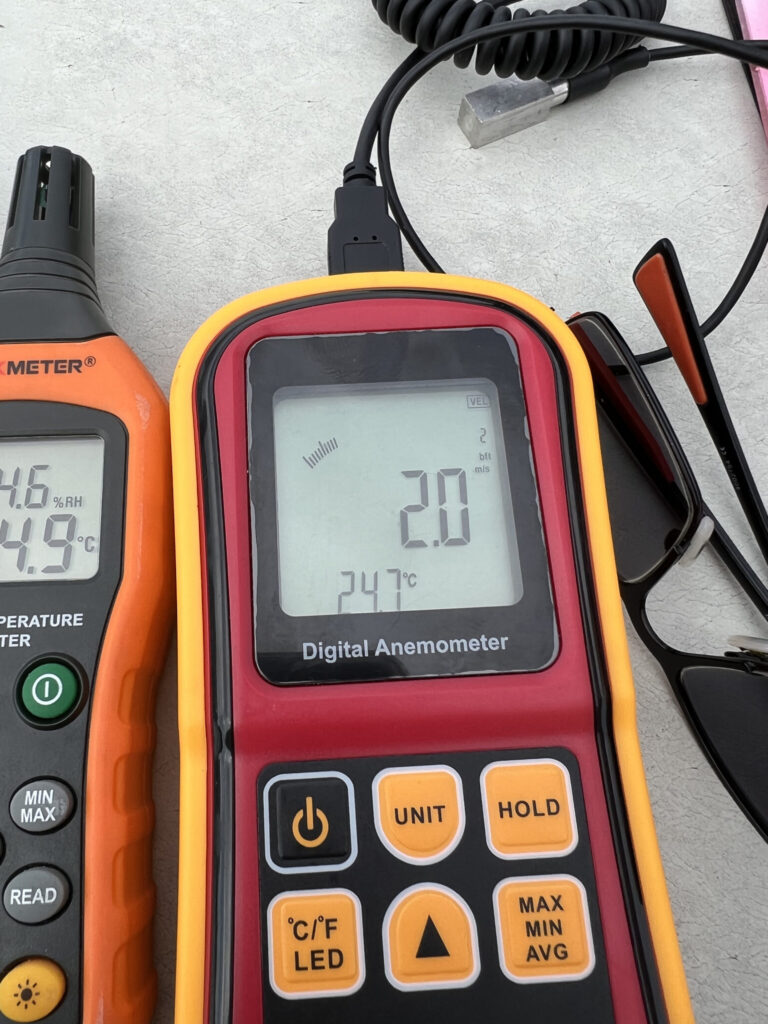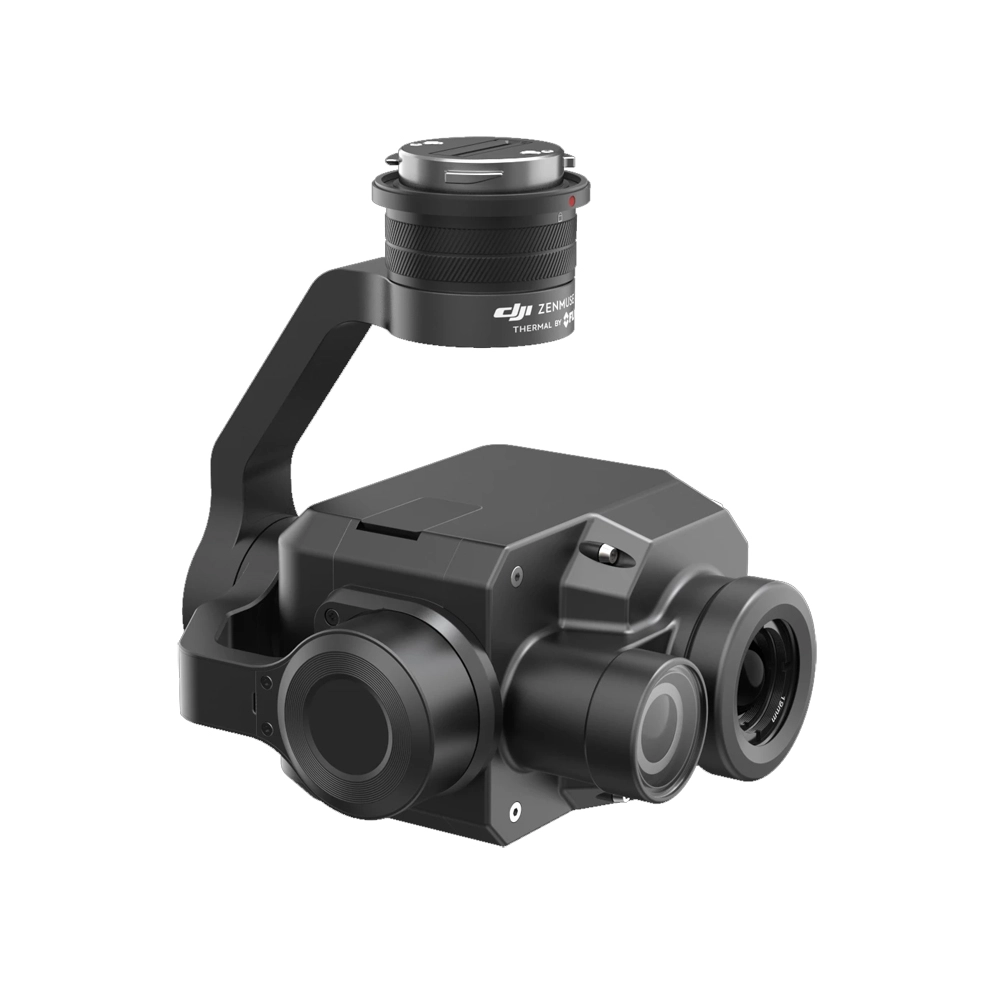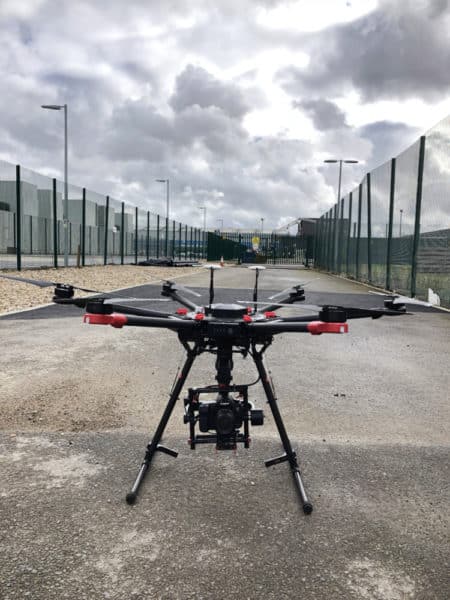
Safety and Efficiencient Domestic Solar Panel Thermal Inspections
Domestic Solar Panel Thermal Inspections


As homeowners increasingly turn to solar power to reduce their carbon footprint and lower energy costs, it’s important to ensure that rooftop solar panels operate safely and efficiently. One critical aspect of maintaining a domestic solar system is conducting regular thermal inspections. In this blog post, we will delve into the significance of thermal inspections for rooftop solar panels on private houses.
We’ll explore the reasons behind their importance, address frequently asked questions, and highlight the role of qualified and certified thermographers in mitigating fire safety risks. Let’s embark on this journey to maximize safety and efficiency!
Why are thermal inspections of rooftop solar panels on private houses important for safety? When it comes to solar panel inspections, the safety aspect cannot be overstated. Here’s why thermal inspections of rooftop solar panels on private houses are crucial:
Thermal inspections should be conducted by qualified and certified thermographers who specialise in solar panel inspections. These professionals possess the expertise and knowledge required to accurately interpret thermal images, identify anomalies, and recommend appropriate actions.
Yes, reputable thermographers should carry insurance coverage to protect against any unforeseen circumstances during the inspection process. It is essential to work with insured professionals to ensure both your safety and theirs.
The duration of a thermal inspection depends on the size of the solar system and the complexity of the installation. Typically, inspections can be completed within an hour for domestic installations and a full day for large commercial solar farms. However, larger or more intricate systems may require additional time.
The frequency of thermal inspections depends on several factors, including the age of the system, the local climate conditions, and any previous maintenance or repairs. As a general guideline, it is recommended to conduct inspections at least once a year. However, if you notice any sudden changes in energy production, visible damage, or other concerns, it’s advisable to schedule an inspection promptly.
Identifying Potential Fire Hazards
Solar panels are exposed to environmental factors, such as extreme temperatures, dust, and debris. Over time, these elements can lead to a variety of issues, including electrical malfunctions or faulty connections. In worst-case scenarios, these issues can result in fire hazards. Thermal inspections enable the early detection of hotspots or anomalies in the panel’s electrical system, providing homeowners with an opportunity to address potential fire risks promptly.
Preventing System Damage and Efficiency Loss
Solar panels operate optimally when all components are in good condition. Faulty or damaged panels can significantly impact energy generation and efficiency. By conducting thermal inspections, homeowners can identify and address issues such as defective cells, bypass diode failures, or loose connections. Prompt repairs or replacements ensure that the solar system continues to function at its peak, maximizing energy production and reducing costs over the long term.
Ensuring Electrical Safety
Solar panels are connected to the electrical grid, which poses certain risks if the system is not properly maintained. Faulty wiring or damaged components can result in electrical shocks or other safety hazards. Regular thermal inspections by qualified thermographers help identify any potential electrical safety concerns, allowing homeowners to take proactive measures to mitigate risks and ensure a safe operating environment. Thermal inspections of rooftop solar panels on private houses are paramount for ensuring safety and optimizing system efficiency. By identifying potential fire hazards, preventing system damage, and ensuring electrical safety, homeowners can enjoy the benefits of solar power without compromising their well-being.
Certified and insured thermographers play a vital role in conducting thorough inspections, providing accurate assessments, and offering recommendations for maintenance and repairs. Prioritizing regular thermal inspections will not only provide peace of mind but also safeguard your investment in a clean and sustainable energy future.
Remember, taking proactive measures today will ensure the longevity and performance of your domestic solar system for years to come.
Certified & Approved Aerial Thermographer Specialists





IEC Solar Inspection Services
We are certified thermographers, experienced in solar panel inspection to IEC standards. We can complete both the structured and compliant data capture through to the formal inspection report.
As approved drone pilots we work throughout the UK to provide both aerial and ground based thermography services. Fully insured and certified by the CAA with enhanced permissions for day and night time flights
Expert Infrared Inspections for Accurate Thermal Assessments
Need professional thermographic analysis for your project? Our certified experts use the latest infrared technology to deliver precise results. Contact Drone Media Imaging today for expert thermal imaging services.
related posts
Thermal Fire Monitoring Following a Grain Store Terminal Explosion
Grain Store Explosion and Year-Long Fire – July 5, 2020 – Tilbury Port, London On July 5, 2020, a series of events (possibly by a spark) triggered a large dust explosion and a subsequent fire at the Grain Store Terminal at the Port of Tilbury in London. This was a serious event that required the attention of a large-scale emergency response to get the subsequent grain fire under control and avoid additional explosions. No one was seriously hurt, which is nothing short of a miracle given the number of people on the scene and the amount of reinforced concrete and debris thrown high into the sky before raining down on the surrounding buildings.
Traditional firefighting methods and techniques are ineffective in the case of grain storage fires. Using water to extinguish the inferno is ineffective with grain and dust fires, and the added weight might have caused a catastrophic structural collapse, exacerbating an already challenging situation. As a result, London fire teams were on the scene for days while a proper fire strategy and plan was developed and implemented, with staff always remaining on-site to monitor the situation over the following weeks.
Throughout this early period, there was always the possibility of more explosions and the fire spreading since the grain stored in the linked silos generates dust that may ignite if the temperature is high enough. Drone Media Imaging was contracted to fly thermal imaging flights to collect temperature data to estimate fire spread and track fire management efforts over time. For instance, were the temperatures rising, falling, or remaining constant?
We began operations on July 7, 2020, flying three flights each day, seven days a week initially, to compare temperatures and report back to crisis management teams and emergency service gold commanders. We eventually completed our thermal imaging missions one year and a month after the initial Grain Store explosion in late August 2021! While not all of the silos were full with grain, many were, and several were burning at temperatures far beyond 800°C. Before the fire could be quenched, the building had to be entirely demolished. Temperatures more than 80°C were still being recorded in the grain that remained on the ground after demolition 13 months later.
Gaining safe access to the terminal to fly was not without difficulty, as emergency services had imposed a 50m exclusion zone surrounding the terminal due to the possibility of additional explosions. As a result, our risk assessments and method statements had to be developed specifically for this circumstance and rigorously tested to assure both safe drone flights and the most accurate thermal data gathering at this vital juncture.
We continued to provide the Port of Tilbury London and the accompanying emergency services with daily and weekly calibrated temperature measurements that documented the progress of the grain store fire over 13 months. As thermal infrared aerial specialists, we provided data in the form of detailed reports, thermal imaging, RGB photographic and video footage.
Spring and summer are peak months for solar energy production—ensure your panels are operating efficiently with a professional thermal imaging inspection. Compliance with IEC62446-3:2017 is essential for both commercial and domestic systems, helping to prevent faults, optimise performance, and maintain insurance coverage. Book your inspection today!









